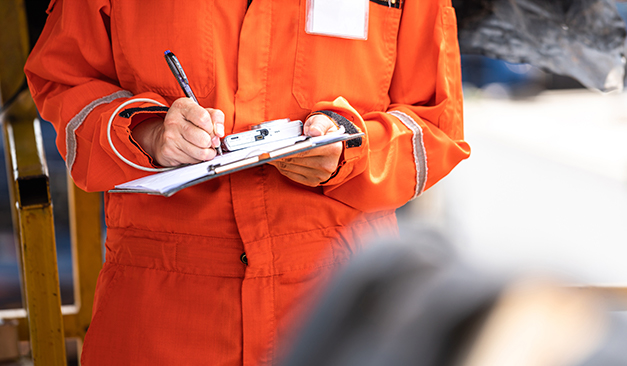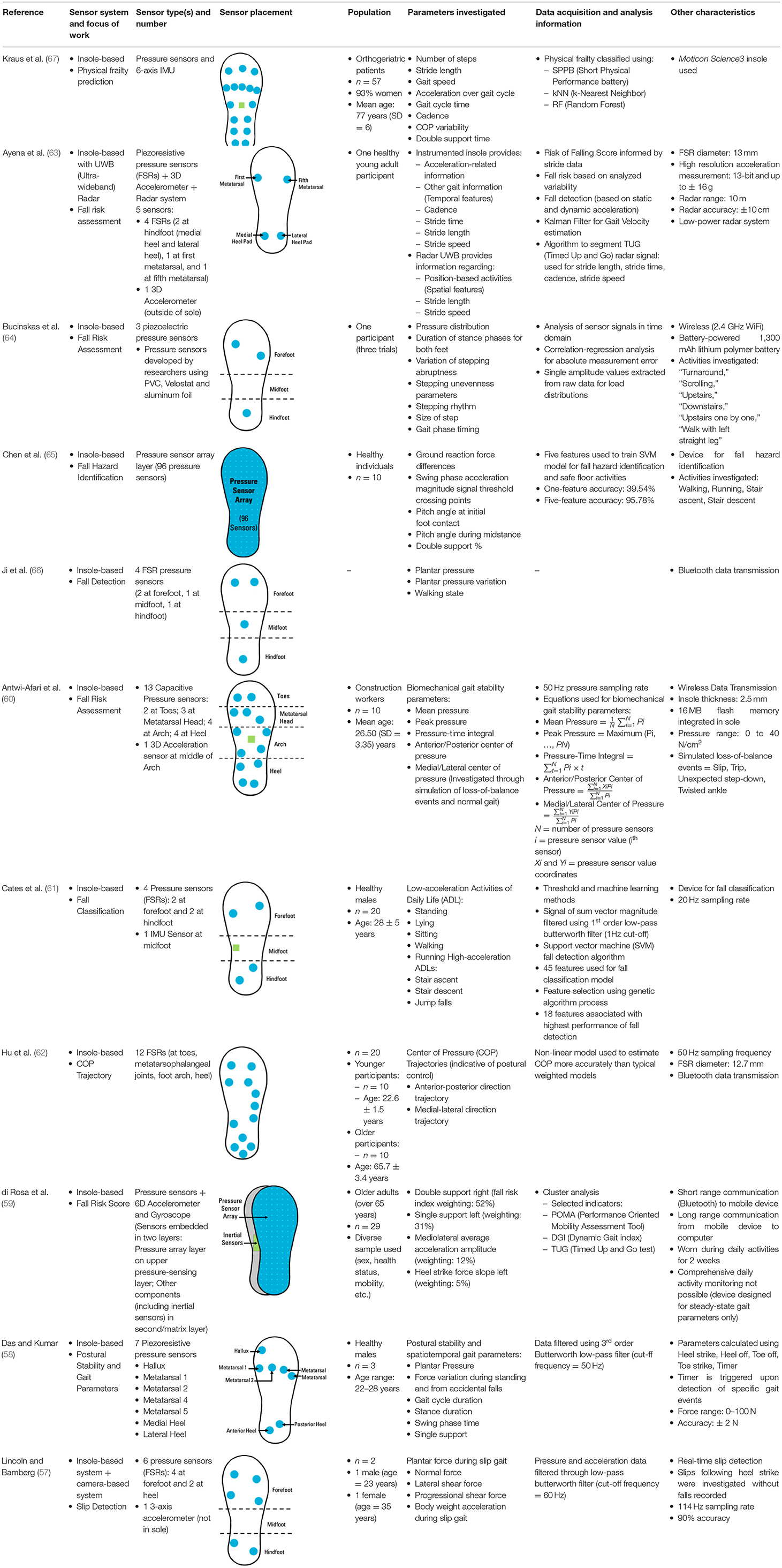Not known Factual Statements About Dementia Fall Risk
Not known Factual Statements About Dementia Fall Risk
Blog Article
The Buzz on Dementia Fall Risk
Table of Contents3 Simple Techniques For Dementia Fall RiskGetting My Dementia Fall Risk To WorkThe smart Trick of Dementia Fall Risk That Nobody is Discussing8 Simple Techniques For Dementia Fall Risk
A fall threat evaluation checks to see just how most likely it is that you will certainly drop. The evaluation generally includes: This consists of a series of inquiries concerning your overall wellness and if you have actually had previous drops or problems with balance, standing, and/or walking.Interventions are recommendations that may reduce your threat of dropping. STEADI consists of 3 actions: you for your danger of dropping for your danger elements that can be enhanced to attempt to prevent falls (for instance, equilibrium problems, damaged vision) to minimize your danger of dropping by utilizing reliable strategies (for instance, offering education and learning and sources), you may be asked numerous questions including: Have you dropped in the past year? Are you fretted regarding dropping?
If it takes you 12 secs or more, it might imply you are at greater risk for a loss. This test checks toughness and balance.
The placements will obtain more difficult as you go. Stand with your feet side-by-side. Relocate one foot midway forward, so the instep is touching the large toe of your other foot. Move one foot completely in front of the other, so the toes are touching the heel of your other foot.
The Best Guide To Dementia Fall Risk
Most drops take place as a result of numerous contributing elements; as a result, managing the threat of dropping begins with identifying the aspects that contribute to drop danger - Dementia Fall Risk. Some of the most relevant risk aspects include: History of prior fallsChronic clinical conditionsAcute illnessImpaired gait and balance, lower extremity weaknessCognitive impairmentChanges in visionCertain risky medications and polypharmacyEnvironmental aspects can additionally raise the risk for falls, including: Inadequate lightingUneven or harmed flooringWet or slippery floorsMissing or harmed hand rails and grab barsDamaged or poorly fitted devices, such as beds, wheelchairs, or walkersImproper usage of assistive devicesInadequate guidance of individuals residing in the NF, consisting of those who display aggressive behaviorsA successful autumn threat monitoring program needs an extensive scientific evaluation, with input from all participants of the interdisciplinary team

The treatment plan should likewise include treatments that are system-based, such as those that promote a risk-free setting (suitable illumination, hand rails, get hold of bars, and so on). The performance of the treatments should be examined occasionally, and the care strategy changed as essential to mirror changes in the autumn threat evaluation. Carrying out a fall danger administration system making use of evidence-based ideal technique can decrease the frequency of falls in the NF, while limiting the potential for fall-related injuries.
The Best Strategy To Use For Dementia Fall Risk
The AGS/BGS guideline suggests evaluating all grownups matured 65 years and older for autumn risk each year. This screening includes asking individuals whether browse this site they have dropped 2 or even more times in the previous year or sought clinical attention for a loss, or, if they have not dropped, whether they feel unstable when walking.
People who have dropped as soon as without injury needs to have their equilibrium and gait evaluated; those with gait or equilibrium abnormalities should receive additional analysis. A history of 1 fall without injury and without stride or equilibrium troubles does not require additional evaluation past continued annual fall danger testing. Dementia Fall Risk. A loss threat analysis is called for as part of the Welcome to Medicare exam

The Ultimate Guide To Dementia Fall Risk
Documenting a drops history is one of the high quality indications for loss avoidance and monitoring. copyright medicines in particular are independent forecasters of drops.
Postural hypotension can frequently be reduced by lowering the dose of blood pressurelowering medicines and/or quiting medicines that have orthostatic hypotension as a negative effects. Use of above-the-knee assistance tube and sleeping with the head of webpage the bed boosted may additionally minimize postural decreases in high blood pressure. The advisable elements of a fall-focused physical exam are shown in Box 1.

A pull time higher than or equal to 12 seconds recommends high loss risk. The 30-Second Chair Stand examination assesses lower extremity strength and equilibrium. Being unable to stand up from a chair of knee height without making use of one's arms suggests raised loss threat. The 4-Stage Equilibrium examination assesses fixed equilibrium by having the patient stand in 4 positions, each considerably a lot more tough.
Report this page